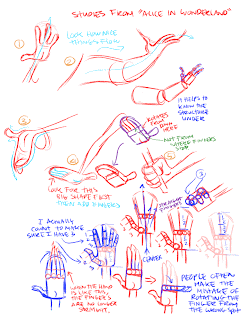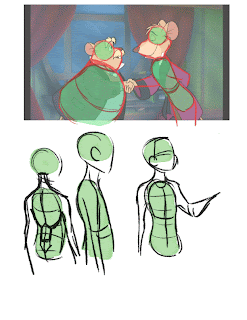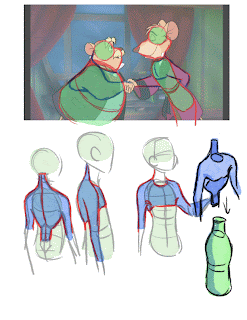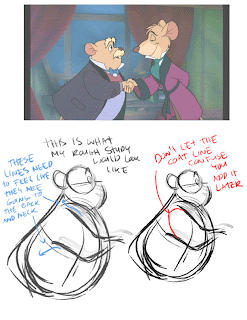At the end of my
last post I said I'd describe the polishing phase in another post.
The polishing phase of your painting should be focused on resolving two questions:
- How will the viewer to respond to the subject?
- Where do I want the viewer's eyes to go?
The first question should be already answered in part, because once you've decided your light and color scheme you've already set some of the emotional content of your picture. However, you can do things at this point to "plus" the emotions or ideas in your image. Here's what he looked like in the last post:
My original idea was a grumpy Jedi---a character whose traditional role is civilized and restrained, but who is irritated nearly to the breaking point. I lost the Jedi when re-drawing him, but I still want to communicate that he's dangerous and he's about ready to snap. I don't feel like I'm hitting that note with the lighting, but I don't want to start over.
Having an image with the lighting effects in layers is really helpful at this point, because changing where the shadows fall is as simple as erasing part of a layer. So I use a shadow over his eyes to get that film noir effect that makes him mysterious and dangerous without changing anything else about him.
Now is the crucial point of decision, where you can spend countless hours on things that don't matter if you're not careful. So usually at this point I create a mental "heat map" of where my eyes move in the image. I do this by sitting back and imagining that I'm seeing the image for the first time, and I pay attention to where my eyes go naturally. Then, I mentally work out where I want my eyes to go instead. This image shows the scribbly path my eyes follow at first, but also a more controlled, hotter path representing the way I'd like things to go. A simple path or shape is the best!
At this point I flatten my image, because my process starts to become so chaotic. For me layers are useful for laying the foundation but after that they're just a hindrance, unless I create them as need arises and then flatten everything soon after.
So as I was saying, my process seems chaotic from here on, but it's not; because I'm using that heat map to help me prioritize my work and to dictate the highest points of contrast in the image. The hottest area on my heat map is the face and the eyes, so that's where I start putting in detail. I also darken the top of the head to create a frame and lower contrast around the eyes. This will help them stand out even though they're in shadow.
Next priority is the hands. People always notice the hands, especially in this case because they're part of the compositional path, so they need to look good. I start filling in other details around the hands like the reflection in the liquid, because even though most eyes will follow the compositional path, giving the eyes something to explore in the "rest" areas makes your image feel rich and alive. I also boost the contrast levels a little to deepen the shadows.
More detail and composition adjustments. I pull out the blues in the dust cloud behind him to add contrast to that edge, but I'm careful to keep it subdued because this is a secondary path in the composition and not the primary one. I also brighten the eyes a tiny bit so they stand out more.
Now the finishing touches. I add a faint reflection to the tabletop, adjust the clouds a bit, and finish up the detail on his sippy cup (was originally supposed to be a futuristic mug, but whatever). I decrease the contrast around his eyes a little and then put in some subtle edges of color along the compositional path for visual interest.
As I was writing this post I realized I hadn't done enough to suggest his danger (since he's not a Jedi now), so I went back and put in a couple scars and some wear in his clothing. I'm not sure about those details yet, but that's why I usually wait a day or so before calling something done---because you sometimes make decisions that seem good at the time and later wonder what you were thinking. Or at least I do.










